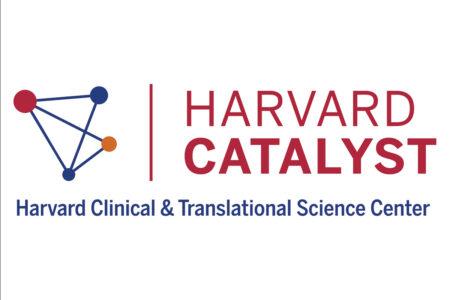The COVID-19 pandemic has led to a sharp decline in living standards across the world, as policies designed to stop the spread of the disease have disrupted normal economic activity. Economically vulnerable households in low- and middle-income countries have been among the hardest hit, with more than 100 million individuals estimated to have transitioned into extreme poverty since the onset of the pandemic5.

To offset the most severe consequences of this sudden decline in income, governments and humanitarian organizations around the world have mobilized relief efforts. It has been estimated that more than 3,300 new social assistance programmes have been launched2 since early 2020, providing more than US$800 billion in cash transfer payments to over 1.5 billion people (roughly one fifth of the world’s population).
The overwhelming majority of COVID-19 response efforts—and the majority of cash transfer programmes globally—provide targeted social assistance3,4. In other words, specific criteria—typically a proxy for socioeconomic status—are used to determine potential eligibility. In most wealthy nations, governments rely on recent household income data to determine programme eligibility6. However, in low- and lower middle-income countries (LMICs), where economic activity is often informal and based on home-produced agriculture, governments typically do not observe income for the vast majority of the population3. Other potential sources of targeting data are often incomplete or out of date7,8; for example, only half of the poorest countries have completed a census in the past 10 years9. In such contexts, data gaps preclude governments from implementing well-targeted social assistance programmes10,11.
Here we develop, implement and evaluate an approach to targeting social assistance based on machine-learning algorithms and non-traditional ‘big data’ from satellites and mobile phone networks. This approach leverages recent advances in machine learning that show that such data can help accurately estimate the wealth of small geographic regions12,13,14,15,16 and individual mobile subscribers17,18,19. It also builds on a rich economics literature on the design of appropriate mechanisms for targeting social assistance3,20,21,22,23,24,25,26,27,28,29. See Supplementary Discussion, section 1 for a summary of previous work.
